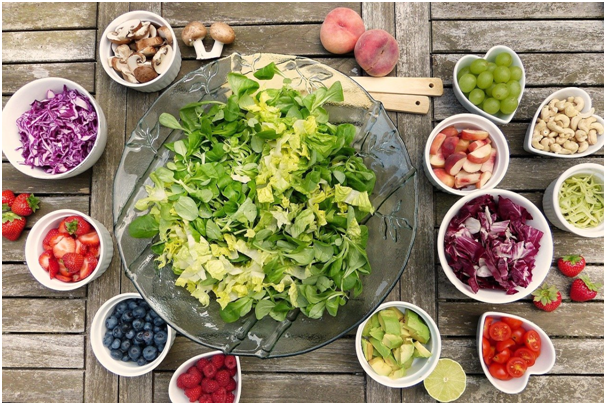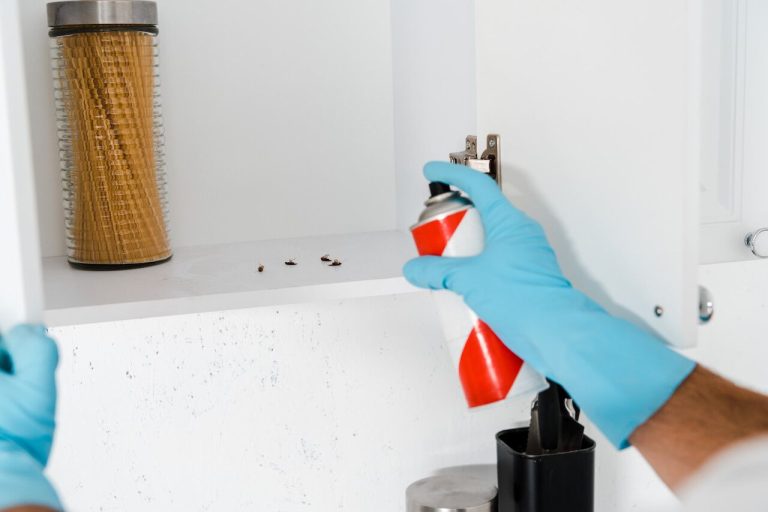
The dramatically rising cost of vegetables has grabbed international headlines in recent months. With food costs projected to climb in the foreseeable future, more people are turning to vegetable gardens to help them save money on groceries. Here are a few vegetable gardening suggestions to help you started if you’re new to gardening, or at least new to food gardening.
Allow the light to shine through
The majority of vegetables, particularly those that produce fruit (such as tomatoes, cucumbers, squash, and peppers), require a lot of sunshine. It’s best if you can get at least 8 hours of direct sunshine every day. Some items, mostly green vegetables and herbs, can be grown in low light.
The soil is the foundation for everything
This is an important step that should not be skipped! Rich, nutritious soil is required for a healthy and productive food garden. A soil test will provide you an overview of your current soil fertility and pH, as well as fertilizer and amendment suggestions to get your plot up to code. In any garden, you can utilize organic fertilizers like kelp meal and alfalfa meal, as well as handmade compost and fully digested organic animal manures.
Maintain a modest size
Although a vegetable garden is low-maintenance, it is not maintenance-free. As a result, for the first year or two, do yourself a favor and stick to a modest acreage. A 4 by 8 foot bed is suitable for a beginner vegetable garden and will allow you to produce a variety of vegetables. Plant container-friendly veggies and herbs in pots or window boxes on a sunny deck if you want to start even smaller.
Properly Watering Vegetable Gardens
Vegetables benefit from a regular watering schedule. You might not get any vegetables at all if there isn’t enough water. You risk flooding the roots and harming the fruit if you use too much. To ensure consistent irrigation, use a watering nozzle at ground level to provide uniform hydration to the plants’ roots. To make the operation easier, connect a long garden hose to a timer. Set it aside and devote your attention to some of the more time-consuming vegetable-growing tasks.
Pick your plants carefully
It’s easy to go overboard with your first food garden and want to grow everything. However, we recommend choosing four to five vegetable kinds and caring for them carefully for your personal safety. Trying to cram too much into a small space will almost always fail, and you’ll end up with a lesser yield than you expected. Planting in succession, on the other hand, can increase production. Follow up with a second seeding once your first harvests have been collected. Follow spring lettuce with summer beans, for example. With succession planting, you may extend your harvest season for as long as feasible.
Bring on the blooms
Although it may be difficult to believe, most bugs are your friends! Yes, it is correct. Bees, butterflies, tachinid flies, ladybugs, and other insects are among them. Include clusters of insect-friendly plants like sweet alyssum, zinnias, cosmos, and sunflowers between the veggies and herbs to attract these nice guys — and increase crop pollination.
Fertilize, water, and weed your garden
Even though this appears to be one of the most basic vegetable growing recommendations, newbie gardeners may be unsure when and how much to water. Although newly planted beds need to be watered, most established crops may get by with one to two inches of water each week. Mulch your soil with several inches of straw or broken leaves to save water and lessen the need to irrigate.
An added bonus is that the mulch helps keep weeds at bay! When it comes to feeding, fast-growing crops like radishes and lettuce won’t require any additional fertilizer if cultivated in good soil. Tomatoes, winter squash, and eggplants, on the other hand, will benefit from a boost numerous times throughout the growth season. Give them a dosage of a water-soluble organic meal every now and then to help them develop and produce the most fruit.
Growing advice for vegetables is usually passed down from generation to generation. The value of amassing as much as possible in exchange for a small amount of labor will never go out of style. Follow these vegetable growing tips for an abundant harvest all season long!







